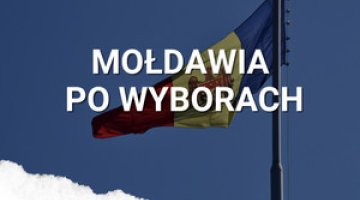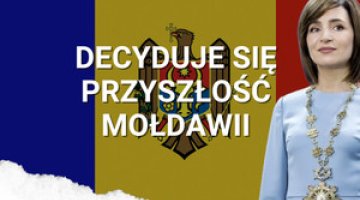Moldova: a year after the introduction of the visa-free regime
28 April marked a year since the EU lifted the visa requirement for Moldovan citizens (for travel up to three months). This has not caused a substantial increase in the number of Moldovans leaving for the EU or in the number of aslum applicationssubmitted to EU countries (as was the case with the countries of the Western Balkans). According to data from the Moldovan border police, between 28 April 2014 and 27 April 2015 over 241,000 holders of Moldovan biometric passports left for EU countries (only holders of biometric passports are entitled to cross the EU borders without visa ). 90% of them have already returned to Moldova. Only 1,355 Moldovans holding biometric passports were denied the entry to the EU and 2,397 Moldovans infringed the rules of staying in the Schengen zone (these are mainly migrants who have exceeded the permitted length of stay and are trying to legalise their stay following the introduction of the visa-free regime).
Commentary
- The experience of the last year indicates that, despite certain concerns, the lifting of the EU visa regime for Moldovans has not had impact on migration security in EU countries. At the same time, the introduction of the visa-free regime has had positive consequences for Moldovan society, including the freedom to travel to the EU (although this still remains too expensive for many Moldovans) or the possibility for Moldovan labour migrants to visit their families in Moldova. However, the introduction of the visa-free regime has not weakened Moldovans’ interest in applying for Romanian citizenship (at present approximately 500,000 Moldovans hold Romanian citizenship) which also makes it possible to work legally in the EU. This indicates that the present Moldovan immigration to the EU, which is estimated at approximately 300,000 people (out of 3.5 million Moldovans), is more rational and thought-out and that immigrants are looking above all for opportunities for legal residence and work in the EU and are not interested in merely entering the EU.
- Lifting the visa requirement for Moldovans to the EU has somewhat, but not significantly, increased the interest of the inhabitants of Transnistria in applying for Moldovan passports. Since April 2014 approximately 27,000 inhabitants of Transnistria have applied for Moldovan biometric passports. As a result, out of over 200,000 holders of Moldovan passports in Transnistria, 77,000 now hold biometric passports. The introduction of the visa-free regime in both parts of Moldova has proven that this regime works in the case of divided states without larger challenges for the security of the region.
- The introduction of the visa-free regime has not provided an incentive for the Moldovan government to continue previous pace of the reform process; it has in fact it slowed down. The judiciary system remains corrupt, the reform of the general prosecutor’s office has not been launched and the National Anticorruption Centre has not acquired political independence.





